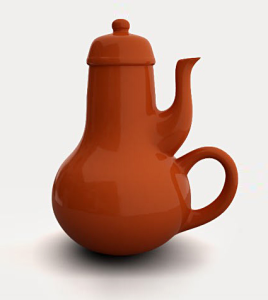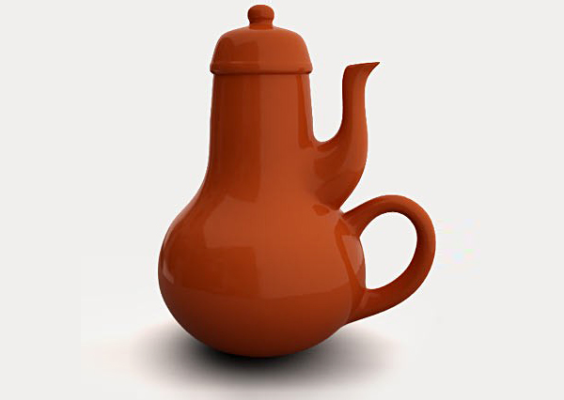In September ODH welcomed it’s newest faculty member: Dr. Kathie Gossett. Kathie has worked at the intersections of digital media and the humanities for over 15 years—28 if you include her years working in industry. Her particular focus is on user experience (UX), including user research, interface design, and information architecture.
What is UX and why should you care?

The most important aspect of any tool (digital or physical) is it’s user. If a person can’t use a tool it doesn’t matter what the tool looks like, what the tool can do, or even what information a tool contains. One of the more famous examples of this idea comes from Donald Norman’s work. As he explores the adage that “attractive things are better,” he discusses three tea pots he bought based on what they looked like rather than how they functioned (2005). One of the teapots he purchased has come to be known as the masochist’s teapot. It’s a beautifully designed and constructed teapot; however, in order to actually use it a person would burn their hand with scalding hot water while pouring the tea into a cup. It may be the most visually attractive teapot on his shelf, but it is one that he never uses.
So, in order to avoid building tools that people will not, or cannot, use, it is important to work with users throughout the entire development process from design to production. Including users throughout the process like this helps guarantee that our projects will be accessible and useful for people in the academy and beyond.
When should UX work be done on a project?
It is always a good idea to include some UX work during any stage of a project; however, if it is possible a project should begin with UX work.
How does UX work begin?
There are three core concepts that need to be understood to develop products focused on users and participants: purpose, content, and people (Potts, 2015). To understand these concepts a project typically begins by asking three questions:
-
-
-
- What type of tool do you want to build?
- Who is your audience?
- In what context will your audience use your tool?
-
-
It may take some user research to answer these questions, but when the answers are known it will be possible to build the best product for your users/audience.
If you are interested in learning more about UX work for your digital humanities project contact Kathie at kathie_gossett@byu.edu or ext. 2-2897.
Norman, D. (2005).
Potts, L. (2015). Archive experiences: A vision for user-centered design in digital humanities. In J. Ridolfo and W. Hart-Davidson (Eds.) Rhetoric and the digital humanities. University of Chicago Press.
